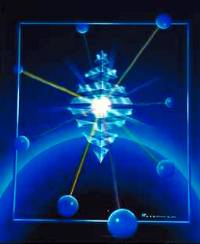
While electronic circuits and nanomachines grow ever smaller, batteries to power them remain huge by comparison, as well as short-lived. But now Cornell University researchers have built a microscopic device that could supply power for decades to remote sensors or implantable medical devices by drawing energy from a radioactive isotope.
The device converts the energy stored in the radioactive material directly into motion. It could directly move the parts of a tiny machine or could generate electricity in a form more useful for many circuits than has been possible with earlier devices. This new approach creates a high-impedance source (the factor that determines the amplitude of the current) better suited to power many types of circuits, says Amil Lal, Cornell assistant professor of electrical and computer engineering.
Lal and Cornell doctoral candidate Hui Li described a prototype of the device at a U.S. Department of Defense meeting of Defense Advanced Research Projects Agency (DARPA) investigators in Detroit in August. The prototype is the first MEMS (micro-electromechanical systems) version of a larger device that Lal designed and built while a member of the faculty at the University of Wisconsin, Madison, working with nuclear engineering professors James Blanchard and Douglas Henderson.
The emitted electrons collect on the copper strip, building a negative charge, while the isotope film, losing electrons, becomes positively charged. The attraction between positive and negative bends the rod down. When the rod gets close enough to the isotope, a current flows, equalizing the charge. The rod springs up, and the process repeats. The principle is much like that underlying an electric doorbell, in which a moving bar alternately makes and breaks the electric circuit supplying an electromagnet that moves the bar.
Radioactive isotopes can continue to release energy over periods ranging from weeks to decades. The half-life of nickel-63, for example, is over 100 years, and Lal says a battery using this isotope might continue to supply useful energy for at least half that time. (The half-life is the time it takes for half the atoms in an element to decay.) Other isotopes offer varying combinations of energy level versus lifetime. And unlike chemical batteries, the devices will work in a very wide range of temperatures. Possible applications include sensors to monitor the condition of missiles stored in sealed containers, battlefield sensors that must be concealed and left unattended for long periods, and medical devices implanted inside the body.
The moving cantilever can directly actuate a linear device or can move a cam or ratcheted wheel to produce rotary motion. A magnetized material attached to the rod can generate electricity as it moves through a coil. Lal also has built versions of the device in which the cantilever is made of a piezoelectric material that generates electricity when deformed, releasing a pulse of current as the rod snaps up. This also generates a radio-frequency pulse that could be used to transmit information. Alternatively, Lal suggests, the electrical pulse could drive a light-emitting diode to generate an optical signal.
In addition to powering other devices, the tiny cantilevers could be used as stand-alone sensors, Lal says. The devices ordinarily operate in a vacuum. But the sensors might be developed to detect the presence or absence of particular gases, since introducing a gas to the device changes the flow of current between the rod and the base, in turn changing the period or amplitude of the oscillation. Temperature and pressure changes also can be detected.
Lal, Li and Cornell doctoral candidate Hang Guo are now building and testing practical sensors and power supplies based on the concept. The prototype shown in August was gigantic by comparison with the latest versions, Lal says. An entire device, including a vacuum enclosure, could be made to fit in less than one cubic millimeter, he says.






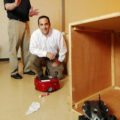

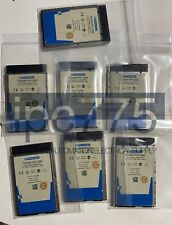
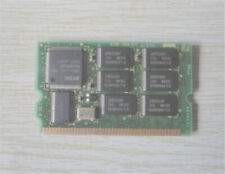
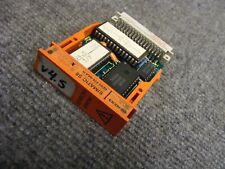
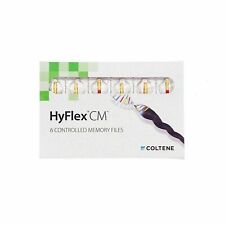
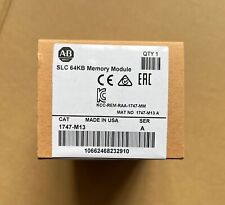
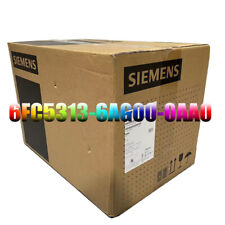
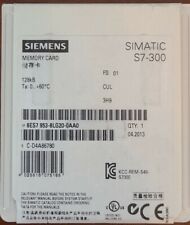
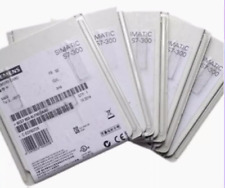
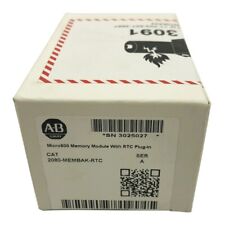

Comments are closed.